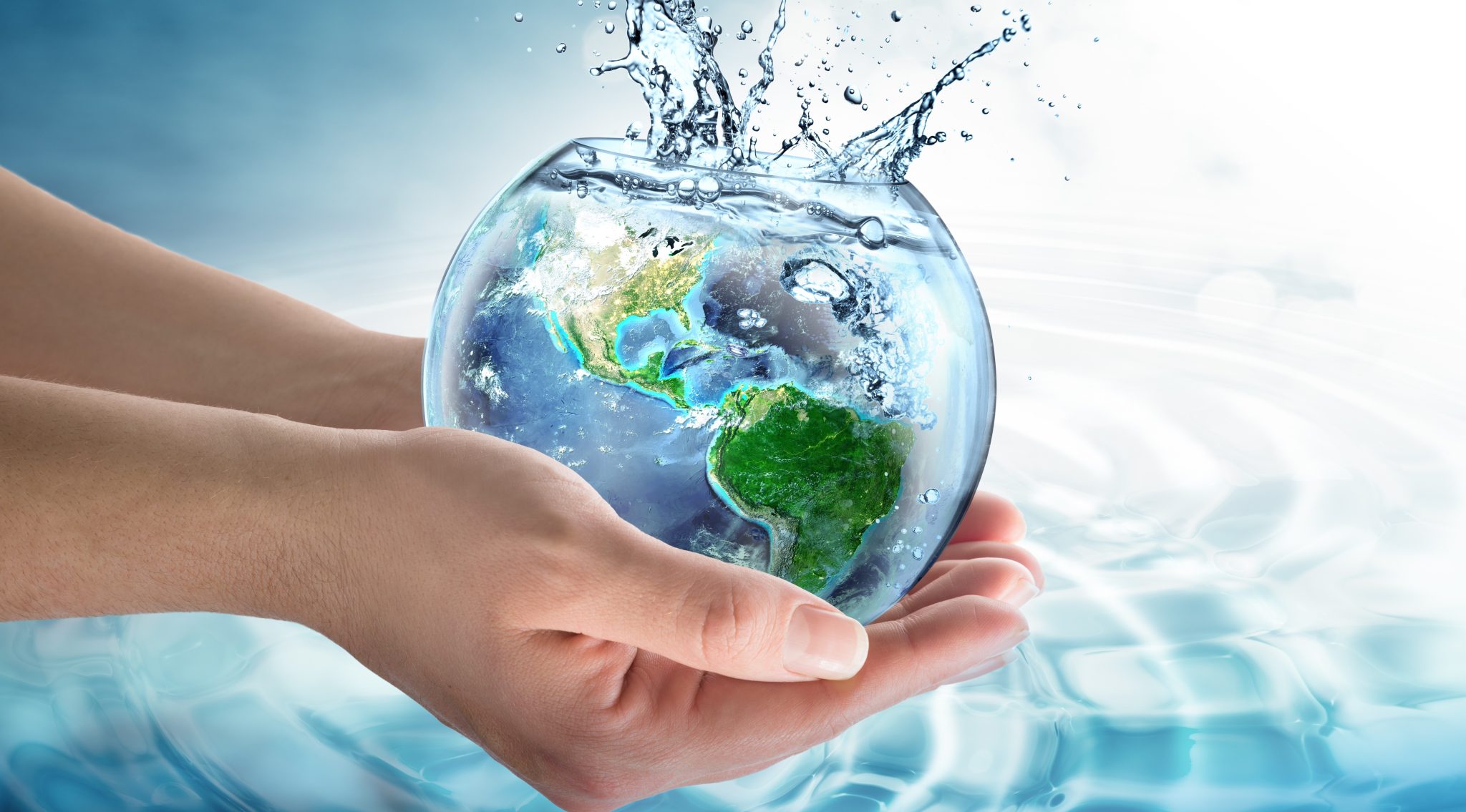As global water demand rises and natural freshwater sources become increasingly scarce, .
Sustainable Desalination: Achieving Water Security and Climate Goals

The 2015 Paris Agreement stands as a monumental international treaty focused on combating climate change. It set a global goal to limit global warming to below 2 degrees celsius, with an ideal target of staying below 1.5 degrees. The agreement emphasises the necessity of transitioning to renewable energy sources and reducing greenhouse gas emissions globally. Notably, it underscores the importance of securing water resources, acknowledging the profound impact climate change has on freshwater availability with far-reaching consequences for food security and ecosystem health.
The Vicious Cycle of Water – Demand Soars, Supply Plummets
As outlined during the recent COP28, water security is increasingly recognized as pivotal in the global climate action agenda. By 2050, the World Resources Institute projects that an additional 1 billion people will experience extremely high water stress, particularly in the less developed parts of the world. Meanwhile, water demand is expected to increase between 20-25% globally, with the need in regions experiencing rapid population growth and limited water infrastructure, such as many parts of Africa and Asia, expected to skyrocket.
The vicious cycle of water scarcity is a critical environmental issue exacerbated by climate change and ecosystem disruption. As global temperatures rise and natural habitats are altered, freshwater levels begin to fall, leading to the overexploitation of remaining water sources. This unsustainable extraction not only depletes these vital reserves but also inflicts severe damage on water quality. Contaminants increase, natural filtration systems degrade, and the overall health of aquatic ecosystems suffers. This cycle of degradation poses significant risks not only to environmental health but also to human communities that rely on these water sources for drinking, agriculture, and sanitation. Furthermore, water scarcity can be a potent destabilizer, contributing to social unrest, economic losses, and even armed conflict.
How do we turn the tide on water scarcity?
Desalination – A Viable Option to Close the Water Demand Gap
Desalination has emerged as a critical technology in addressing water scarcity, offering a reliable freshwater source for drought-prone and coastal regions. By ensuring a consistent supply of fresh water, desalination plays a crucial role in bolstering food security, enabling agricultural productivity even in regions with limited natural water sources. Furthermore, desalination drives economic development, especially in coastal communities, by offering a sustainable and reliable water supply that supports various sectors and improves the quality of life for residents. The world’s oceans contain over 97% of the planet’s water resources, providing unlimited raw material for seawater desalination.
Driven by rising demand and technological innovation, the cost of desalination has decreased significantly over the years, and it is becoming an increasingly feasible option. According to a World Bank report in 2018, 18,426 desalination plants were reported to be operational in over 150 countries, producing 87 million cubic meters of clean water each day and supplying over 300 million people.
Desalination as a Dual-Edged Sword
Desalination, while providing essential relief in water-scarce regions, faces significant environmental and operational challenges:
- High Energy Consumption: Desalination is an energy-intensive process, requiring approximately 3-4 kilowatt-hours (kWh) of energy to produce just one cubic meter (m³) of freshwater. This high energy demand makes desalination a costly solution in terms of resource usage.
- CO2 Emissions: Due to its substantial energy requirements, desalination contributes significantly to greenhouse gas emissions. As most desalination plants still rely on fossil fuels for a significant portion of their energy, they add to the carbon footprint, exacerbating the very climate change issues they aim to mitigate by providing water.
- Renewable Energy Limitations: Ideally, desalination plants would operate on renewable energy to offset their environmental impact. However, the variability of renewable energy sources, such as solar and wind, which do not produce power consistently throughout the day or year, complicates their use. This inconsistency can challenge the continuous operation necessary for desalination plants.
- “Green Energy” Challenges: Purchasing “green energy” from the grid to power desalination facilities is a practice fraught with ambiguities. Often, the sustainability of this energy is questionable, as it might simply shift environmental burdens rather than eliminate them. The complexity of energy credits and the actual source of grid energy can obscure the true environmental cost of the purchased green energy.
- Energy Storage Drawbacks: To combat the inconsistency of renewable energy, large-scale storage solutions are necessary. However, these storage technologies, such as battery farms, come with their own environmental impacts. The production, usage, and disposal of storage systems can lead to additional resource depletion, pollution, and other environmental challenges.
These challenges make desalination a complex solution when considered through the lens of the Paris Agreement’s objectives.
IDE’s Approach to Sustainable Desalination
Recognizing the need to align desalination technologies with sustainable practices, IDE Technologies has implemented the Life Cycle Assessment (LCA) model to measure and quantify the carbon footprint of desalination processes. This initiative is part of IDE’s broader strategy to develop and implement solutions that enhance the sustainability of desalination, including:
- Self-Sustaining Chemical Use: Techniques are being developed to produce necessary chemicals on-site using seawater, reducing transportation and production emissions.
- Green Energy Integration: IDE’s patented green-steam technology integrates solar energy into the desalination process, reducing reliance on non-renewable energy sources.
- Efficient Energy Consumption: Continuous improvements in operational efficiencies ensure that IDE plants use significantly less energy than conventional desalination facilities.
- Advanced Brine Management: IDE is exploring innovative ways to treat and repurpose brine, transforming potential waste into a resource that can be reused economically.
Sorek II, the world’s first steam-driven SWRO plant, exemplifies IDE’s commitment to sustainable desalination. It operates with a 30% reduced carbon footprint and provides one of the lowest water costs in the desalination industry, proving that environmental sustainability and economic viability can coexist.
When Water Security Meets Global Sustainability
As the global demand for freshwater grows, the need for sustainable solutions becomes ever more pressing. IDE Technologies is at the forefront of this transformation, developing desalination technologies that not only meet the immediate needs of water scarcity but also align with the broader goals of the Paris Agreement. By reducing the environmental impact of desalination and pushing the boundaries of technological innovation, IDE helps pave the way for a future where water security and climate resilience go hand in hand. This balanced approach is imperative as we strive to meet our climate goals while ensuring the sustainability of vital water resources. The commitment to sustainability positions IDE as a key partner in achieving water security in harmony with global climate goals.
















